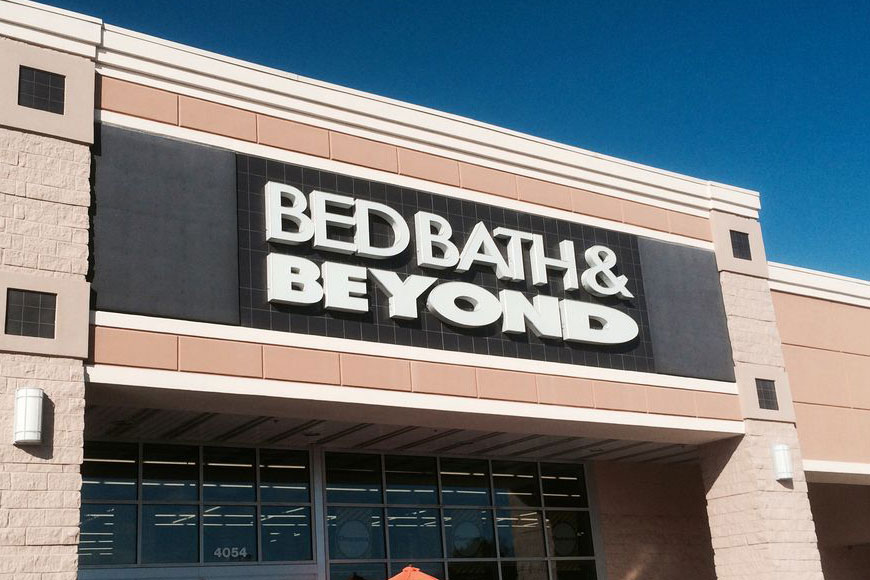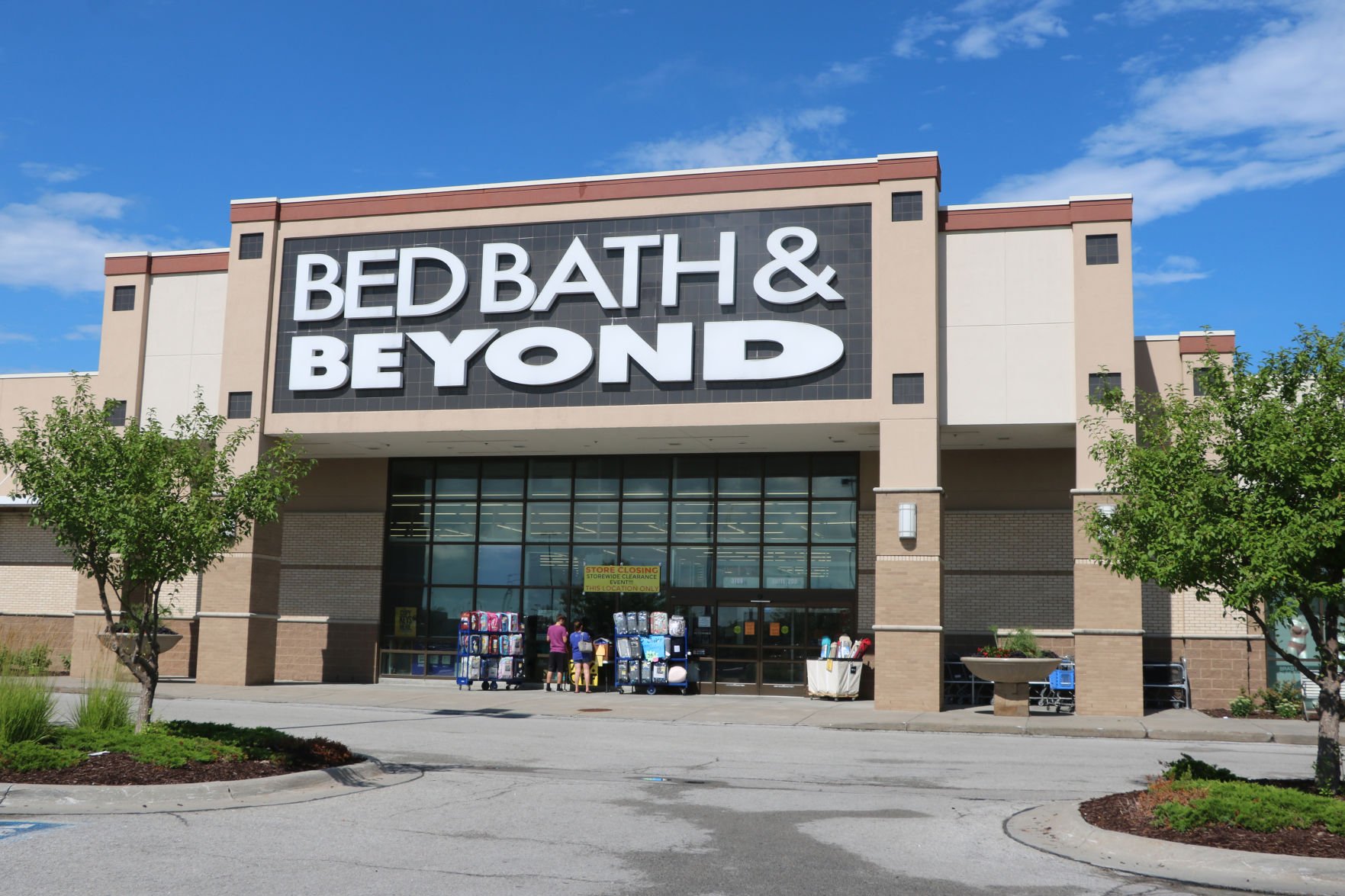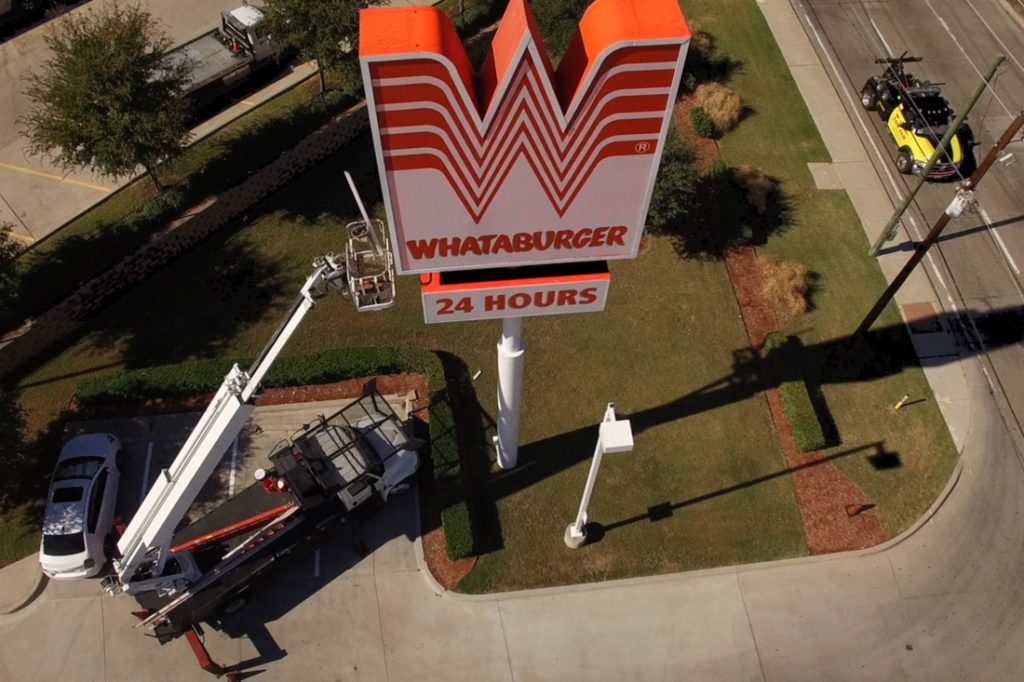
In March 2019, three activist investment firms-Legion Partners, Macellum Advisors, and Ancora Advisors-announced their intent to remove current CEO Steven Temares and restructure Bed Bath & Beyond's current board of directors. Bed Bath & Beyond first reached $1 billion in annual sales in 1999. īed Bath & Beyond went public in June 1992, making its IPO on the NASDAQ stock exchange, where its stock continues to trade under the ticker symbol BBBY. By 2011, Bed Bath & Beyond had 1,142 stores. īy 1991, Bed Bath & Beyond had opened seven new superstores in New Jersey, California, Virginia, Illinois, Maryland, and Florida.

The company adopted integrated computer-based inventory management systems in 1993 to better compete with Linens ‘n Things, which had utilized computer inventory management since the late 1980s. In order to properly represent the size increase in its retail stores, the company changed its name to Bed Bath & Beyond in 1987. Also in 1985, the first superstore was opened, as an attempt to remain competitive with Linens 'n Things, Pacific Linen, and Luxury Linens. By 1985, Eisenberg and Feinstein were operating 17 stores in the New York metropolitan area and California. In 1971, they opened a store in Springfield, New Jersey, called Bed 'n Bath. As the company suffered financial difficulties, and the two believed that the market would shift toward specialty stores, they decided to leave and form their own company. Warren Eisenberg and Leonard Feinstein worked in management positions at discount store chain Arlan's. All remaining Bed Bath & Beyond stores, as well as all locations of subsidiary Buy Buy Baby, are currently holding liquidation sales, and will close by July 2023. On April 23, 2023, Bed Bath & Beyond filed for Chapter 11 bankruptcy, and announced that it would be winding down its operations after several failed attempts to turn around the company. It was counted among the Fortune 500 and the Forbes Global 2000. Bed Bath & Beyond is headquartered in Union, New Jersey. All remaining stores in Canada has closed in April 2023. The chain operates stores in the United States and Mexico. is an American big box store specializing in home textiles, housewares, decorative home accessories and specialty items.

This location was among the last stores in Canada, closing in April 2023.īed Bath & Beyond Inc. The stock has gained 62% this year through last week’s close.Bed Bath & Beyond in Markham, Ontario, in August 2018. In the next couple of years, Bed Bath & Beyond plans to build four or five regional distribution centers, Hartmann said.īed Bath & Beyond shares rose 2.4% to $29.40 at 9:52 a.m. He noted that tens of thousands of cartons with items will be moving through Bed Bath & Beyond’s facilities on a daily basis. “This is going to be a highly automated facility,” Steve Sensing, Ryder’s president of global supply chain solutions, said in an interview. The Miami-based firm uses the help of robotics and analytics to store and move product through distribution centers. Ryder will run the new distribution centers, and each location is expected to create 300 jobs. The home-decor chain recently unveiled its redesigned New York City flagship and has been introducing private-label brands. Under Chief Executive Officer Mark Tritton, who took the helm in 2019, the company has sold assets and cut costs while also pursuing store renovations and technology improvements. This is the latest step in an ongoing turnaround effort for Bed Bath & Beyond, which struggled for years with weak sales and rising competition. It’s a critical part of this reinvention of the company to have a supply chain that meets the customer where she is.” “We haven’t because of this inefficient system. “We have to have the inventory in the right place at the right time,” John Hartmann, Bed Bath & Beyond’s chief operating officer, said in an interview.

The new, larger centers will help streamline the process. The effort is designed to cut replenishment times at Bed Bath & Beyond and Buybuy BABY stores to 10 days from the current 35.Įxecutives acknowledge that the existing fulfillment process can be cumbersome, with products moving from vendors to smaller facilities before eventually ending up at stores or in customers’ homes.

to develop a pair of facilities-one in Pennsylvania slated to open later this year and one in California next year. The home-goods chain will partner with logistics specialist Ryder System Inc.


 0 kommentar(er)
0 kommentar(er)
